Afghanistan’s story is not only one of endurance but also of elegance, deeply expressed through its tribal and ethnic jewellery. Despite decades of conflict and upheaval, the legacy of Afghani jewellery continues to shine—telling tales of culture, craftsmanship, and resilience.
This blog explores the deep-rooted traditions, materials, meanings, and evolution of Afghani jewellery—from ancient origins to its modern global presence.
Origins of Afghani Jewellery: Beauty Born of Resilience
Afghanistan has been in near-constant conflict since 1979. The ensuing wars led many Afghan families to part with their personal heirlooms—jewellery and traditional attire—as a means of survival. This tragic necessity brought antique Afghan tribal jewellery into global markets, where it quickly captivated collectors and designers alike.
Yet, these intricate pieces are more than relics—they are remnants of a centuries-old tradition. In a culture where jewellery and clothing are handed down from generation to generation, the preservation of Afghan craftsmanship is a testament to the people’s resilience.
Even today, many artisans maintain the same stylistic elements seen over 3,000 years ago, reflecting a remarkable continuity in cultural expression
The Art of Afghani Jewellery Making: From Earth to Ornament
Afghanistan is naturally blessed with an abundance of semi-precious stones, including lapis lazuli, turquoise, carnelian, and red agate. These local resources fuel the artistry of rural jewelers, who craft beautiful pieces using age-old methods, often without access to modern infrastructure or tools.
Artisans mine and process stones manually using traditional techniques. These are then combined with sterling silver and occasionally other metals to create intricate jewellery that finds its way into local markets and global collections.
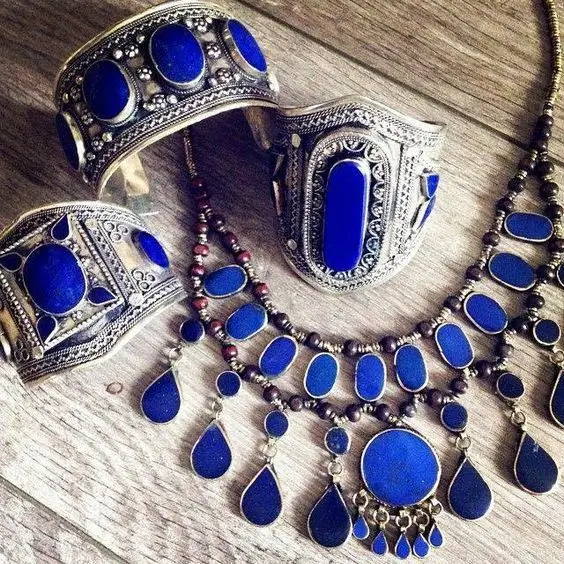
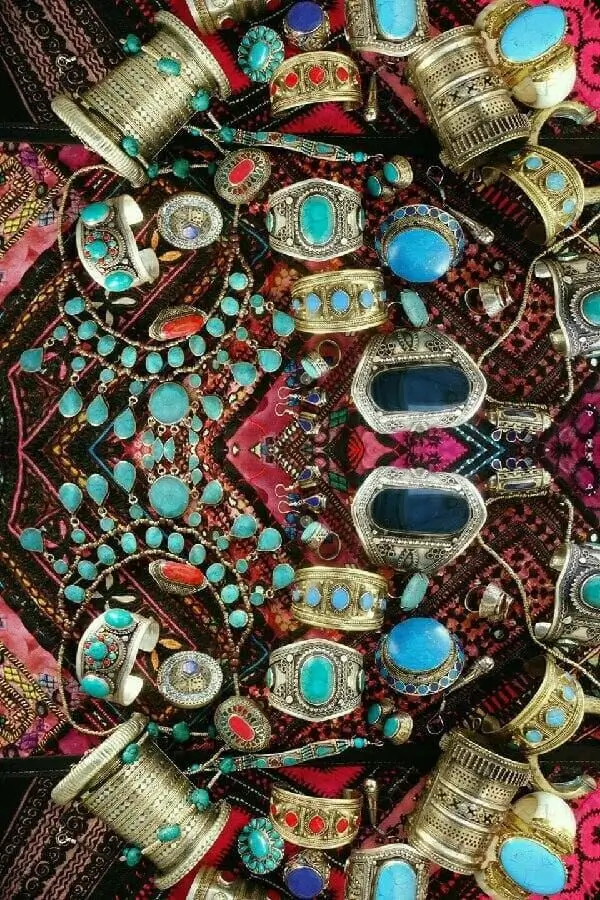
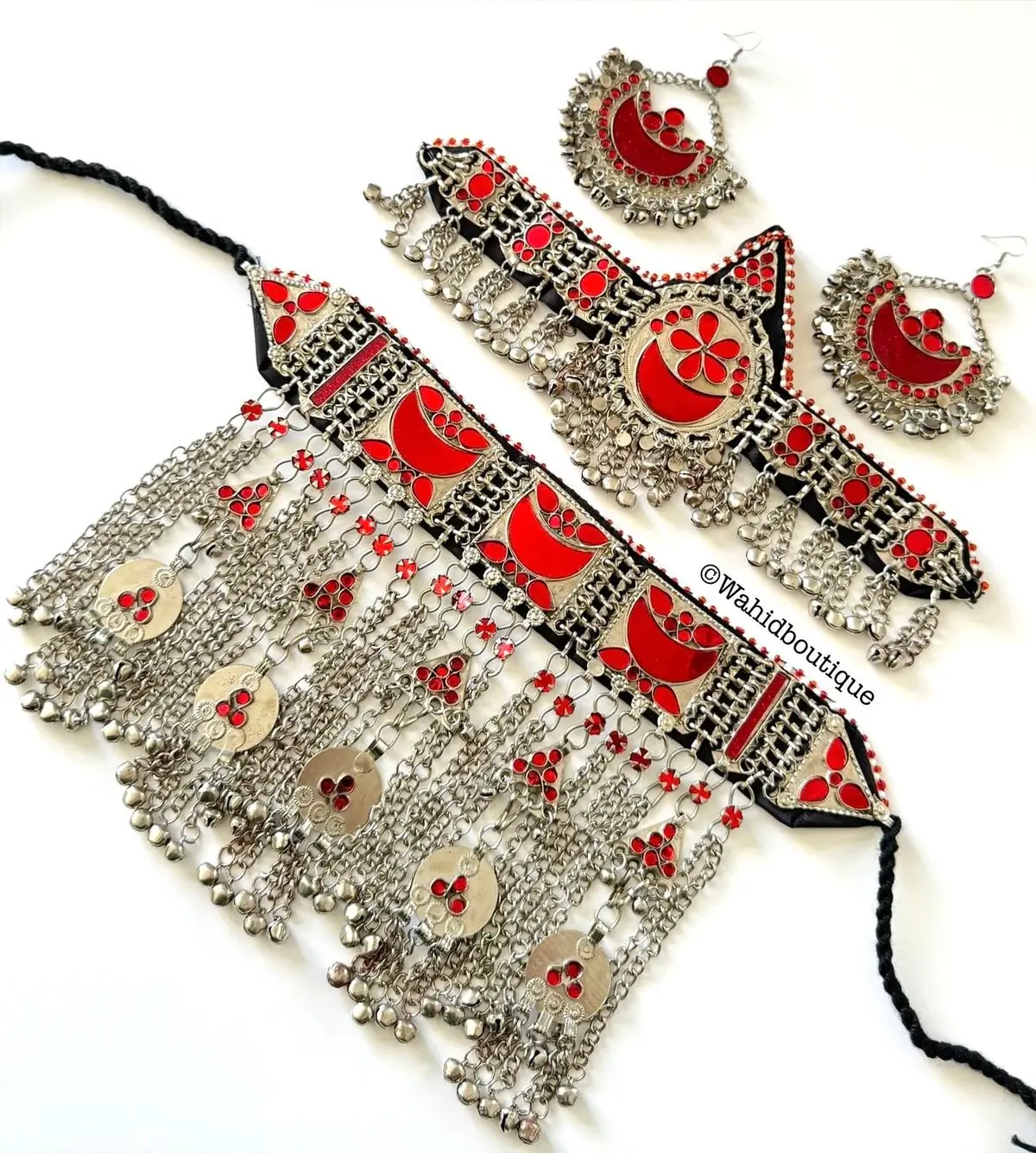
Afghani jewellery – Symbolism of Stones and Materials
Afghani jewellery isn’t merely decorative—it’s deeply symbolic. Each element serves a purpose, whether spiritual, protective, or social:
- Sterling silver is traditionally preferred as it signifies modesty in Afghan culture.
- Lapis lazuli is believed to offer healing properties and protection from evil forces. The famed Sar-i Sang mines in Badakhshan have yielded this stone for over 6,000 years. In the Islamic Orient, lapis was favored for protection from the evil eye. In medieval Europe, lapis was thought to resemble the blue of the heavens and was believed to counteract the ‘wiles of the spirits of darkness’ in favor of the spirits of light and wisdom.
- Turquoise (Feroza) holds religious and spiritual significance in Islamic culture. It is said to bring prosperity, protection, and peace and is often worn in rings and pendants. In Islam, turquoise, also known as Feroza stone, is highly recommended to be worn, particularly in rings and pendants, for its perceived benefits in supplication, healing, prosperity, and pregnancy. It’s believed to bring success and victory with God’s help and is associated with protection, purification, and mental well-being. Hadith (sayings and actions of the Prophet Muhammad) and narrations from Islamic scholars like Imam Ali (AS) highlight its positive impact on overcoming poverty and achieving success in one’s endeavors.
- Carnelian and red agate are considered lucky stones, believed to attract wealth, creativity, motivation, and emotional healing. Carnelian is said to attract prosperity, new resources, and good luck. It is a talisman for success in any money-making venture. In the workplace, it is a crystal of ambition, drive, and determination and wards off undue pressures from co-workers or impersonal corporations with unrealistic expectations.
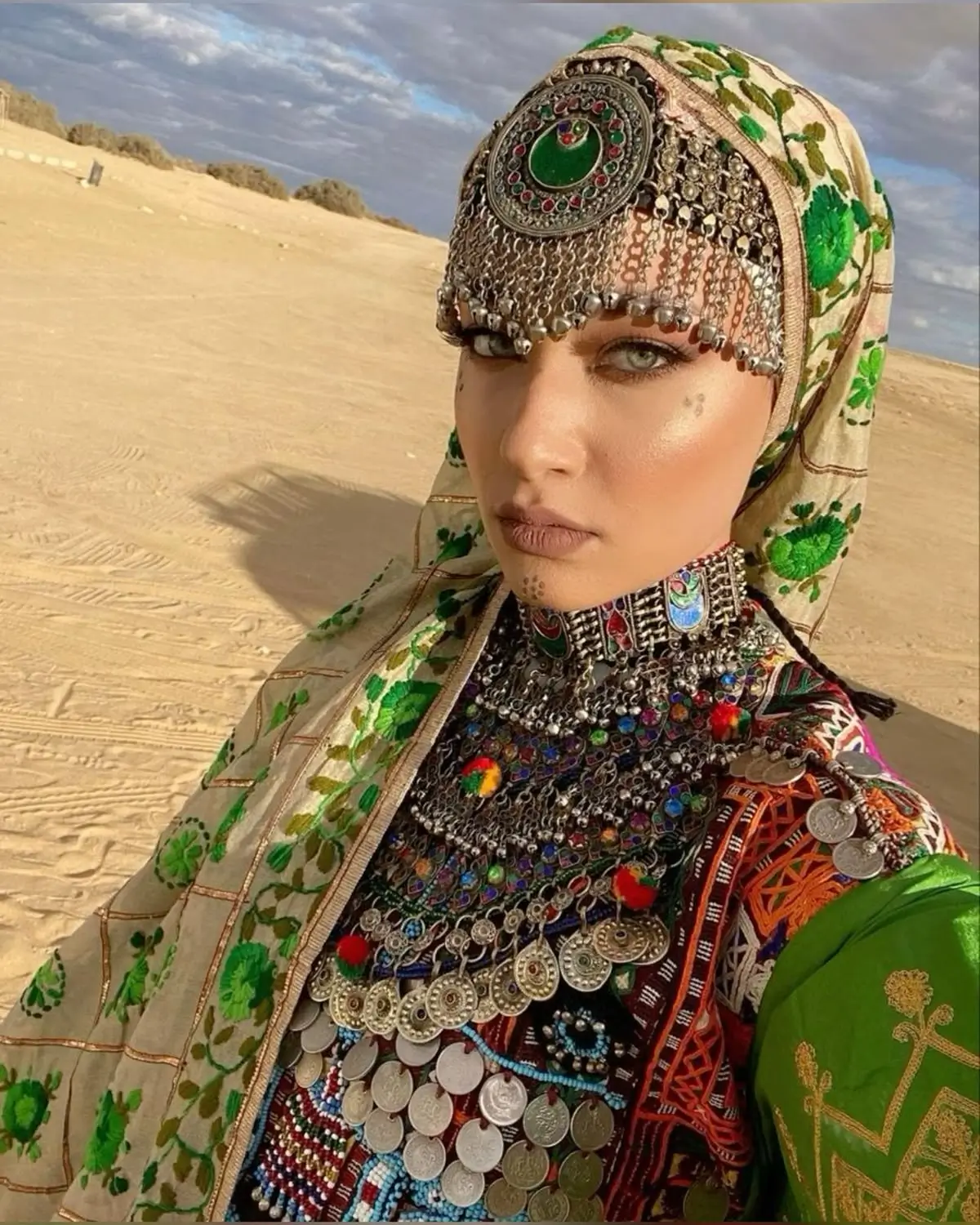
The Bold Beauty of Afghan Jewellery Design
What sets Afghani jewellery apart is its distinctive aesthetic—bold, oversized, and unapologetically expressive.
Many designs resemble elements of armor, reflecting the warrior spirit of Afghan tribes known for their bravery and long histories of resistance. The rings, cuffs, and pendants often mimic protective motifs, as though serving both as adornment and amulet.
Key features of traditional Afghan jewellery include
- Intricate filigree work
- Chunky silhouettes and dramatic scales
- Chainwork, bells, and coins that add movement and sound
- Colorful enamelwork that reflects tribal vibrancy
These features give Afghan pieces their unique character, separating them from modern minimalist styles.
Cultural Significance: More Than Just Jewellery
Jewellery in Afghanistan is not merely for display—it’s an intimate cultural language. It plays a vital role in ceremonies and rites of passage such as:
- Weddings – Brides wear elaborate sets including matha pattis, jhumars, necklaces, and bangles, each symbolizing fertility, protection, and prosperity.
- Birth celebrations and festivals – Jewe;lery is believed to bring blessings and ward off evil spirits.
Men generally wear jewellery only on their wedding day, again emphasizing symbolism over everyday adornment.
Kuchi Jewellery: Treasures of the Nomads
The Kuchi (or Kochi) are nomadic tribes, akin to the Bedouins of Arabia, primarily from the Ghilji tribal confederacy. Their jewellery is among the most well-known and recognizable due to its widespread movement across regions.
Kuchi jewellery is characterized by:
- Oversized pendants and earrings
- Bells, coins, mirrors, and chains
- Gypsy-style flair with vibrant colored stones and beads
This jewellery doesn’t just accessorize—it narrates the lives of free-spirited wanderers and reflects the intersection of various cultures through trade routes.
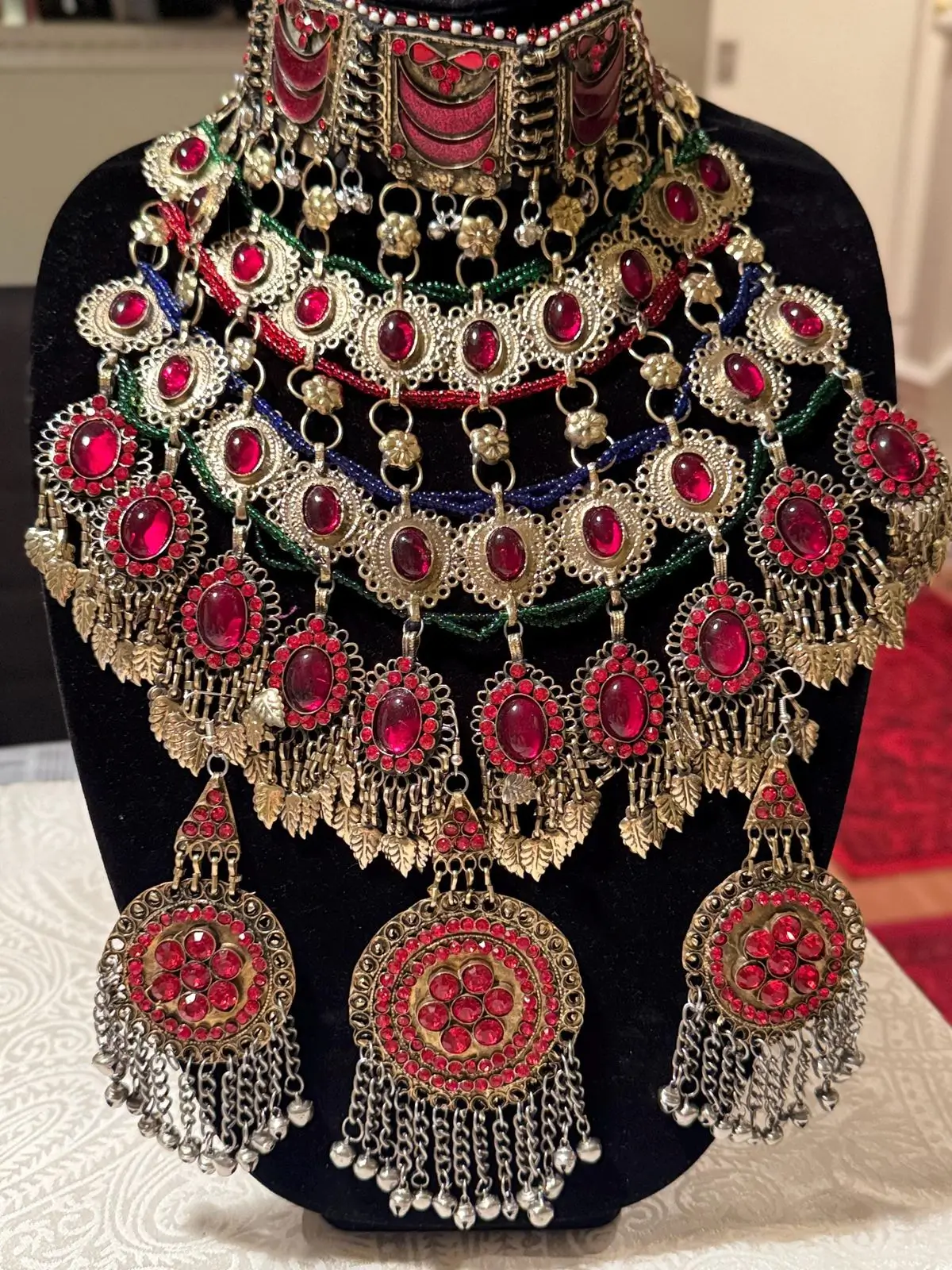
Tribal Jewellery: A Reflection of Identity
Each Afghan ethnic group possesses a unique jewellery style. These differences in motifs, metalwork, and symbolism create a visual map of Afghanistan’s rich ethnic diversity.
Tribal jewellery serves as:
- A badge of identity
- A signifier of marital or social status
- An embodiment of regional heritage
Afghani Jewellery Through the Ages: Evolution & Influence
Afghani jewellery has continuously evolved, absorbing influences from major historical events:
- The 13th-century Mongol invasion introduced floral motifs and new metalworking techniques.
- 16th-century Mughal rule blended Persian and Indian styles, incorporating enamelwork and elaborate gemstone settings.
Today’s designs often represent a fusion of these rich historical layers—each piece a mosaic of Afghan history.
Global Journey: Afghani Jewellery in the Modern Market
Despite the conflict at home, Afghani jewellery has made a remarkable impact on the global stage. Art lovers, collectors, and fashion designers around the world are increasingly drawn to its authenticity and storytelling power.
Contemporary designers are reimagining traditional motifs with a modern twist—making these bold pieces suitable for everyday wear without losing their tribal soul.
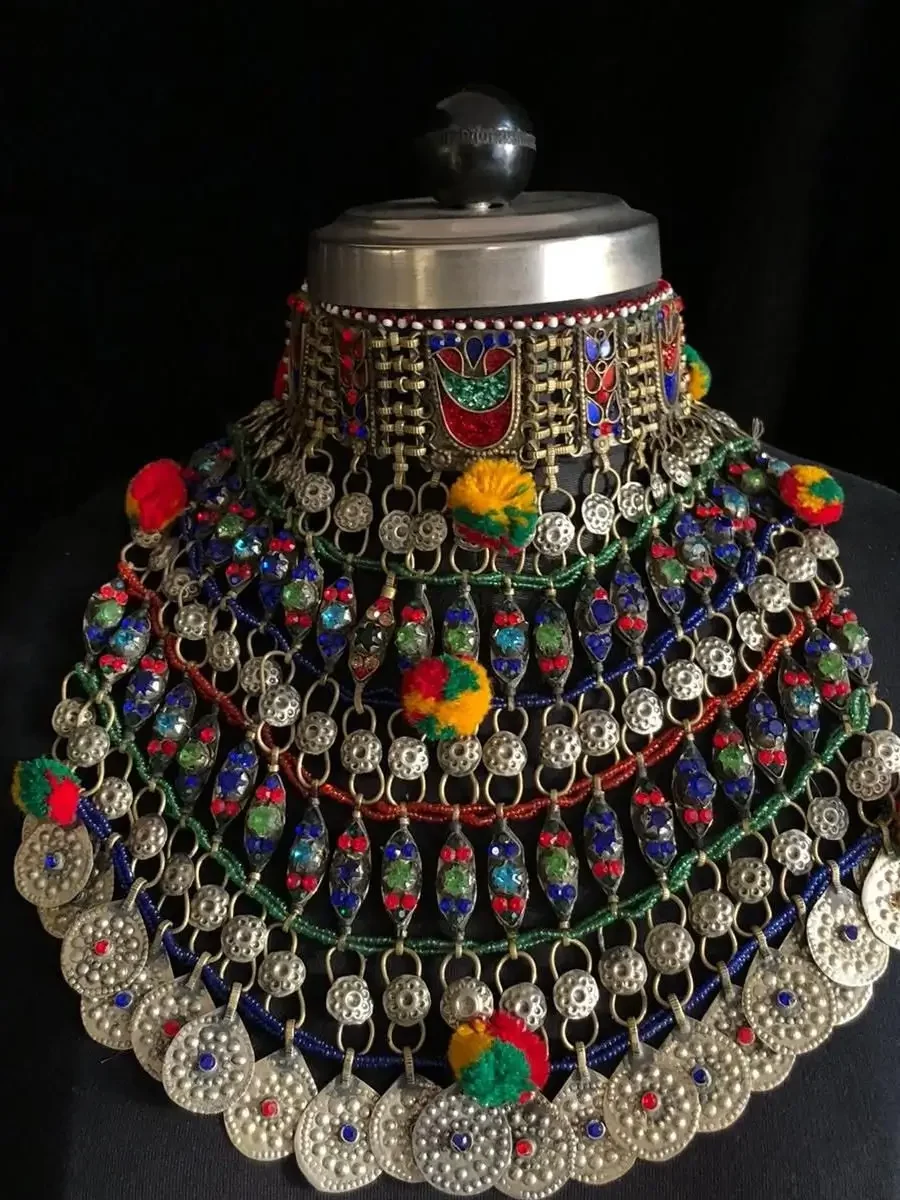
Sustainability: Afghani Jewellery as Eco-Luxury
In today’s age of conscious consumerism, Afghani jewellery stands as a symbol of ethical luxury. Using locally sourced gemstones and handmade techniques, it aligns with the values of sustainability and slow fashion.
Symbolism & Mystique: Hidden Messages in Every Piece
Afghani jewellery is layered with meaning. Common symbols include:
- The evil eye for protection
- Fertility motifs in bridal pieces
- Filigree patterns symbolizing unity and harmony
These symbols often go unnoticed to the casual eye, but to those who know—each piece carries a spiritual message or tribal code.
Caring for Afghan Jewellery: Preserve the Legacy
Owning a piece of Afghani jewellery means holding a part of history. Here’s how to care for it:
- Store in a dry, cloth-lined box
- Avoid water and chemical exposure
- Polish gently with a soft cloth
- Keep away from perfumes and sprays
Proper care ensures that these treasures can be passed on for generations, just as they have been for centuries.
Afghani Jewellery: A Heritage Passed Down Through Generations – FAQ
1. What is Afghani jewellery and why is it so significant?
Afghani jewellery is a unique expression of Afghanistan’s culture, craftsmanship, and resilience, deeply rooted in tribal and ethnic traditions. Despite decades of conflict, it continues to tell tales of endurance and elegance. It’s significant because many pieces are heirlooms passed down through generations, embodying centuries-old traditions and the remarkable continuity of Afghan cultural expression.
2. What materials are commonly used in Afghani jewellery, and where do they come from?
Afghani jewellery primarily uses sterling silver and a variety of locally sourced semi-precious stones. These include lapis lazuli (from the famed Sar-i Sang mines), turquoise, carnelian, and red agate. Artisans craft these pieces using age-old methods, often without modern tools.
3. What is the symbolism behind the stones and materials used in Afghani jewellery?
Each element in Afghani jewellery carries deep symbolic meaning:
- Sterling Silver: Signifies modesty in Afghan culture.
- Lapis Lazuli: Believed to offer healing properties and protection from evil forces.
- Turquoise (Feroza): Holds religious and spiritual significance, said to bring prosperity, protection, and peace.
- Carnelian and Red Agate: Considered lucky stones, attracting wealth, creativity, and emotional healing.
4. What are the distinctive design features of traditional Afghani jewellery?
Afghani jewellery is known for its bold, oversized, and expressive aesthetic. Key features include intricate filigree work, chunky silhouettes, dramatic scales, and the incorporation of chainwork, bells, and coins for movement and sound. Colorful enamelwork also reflects tribal vibrancy, with many designs resembling elements of armor, symbolizing the warrior spirit.
5. How is jewelry culturally significant in Afghanistan?
Jewellery is an intimate cultural language in Afghanistan, playing a vital role in ceremonies and rites of passage. Brides wear elaborate sets during weddings to symbolize fertility, protection, and prosperity. Jewelry is also believed to bring blessings and ward off evil spirits during birth celebrations and festivals. Men typically wear jewelry only on their wedding day.
6. What is Kuchi jewellery?
Kuchi (or Kochi) jewellery refers to the distinctive jewelry style of the nomadic Kuchi tribes. It is among the most recognizable Afghan jewellery due to its widespread movement. Kuchi jewellery is characterized by oversized pendants and earrings, often adorned with bells, coins, mirrors, and chains, embodying a vibrant, gypsy-style flair that reflects the lives of free-spirited wanderers.
7. How has Afghani jewellery evolved through history?
Afghan jewellery has continuously evolved, absorbing influences from major historical events. For example, the 13th Century Mongol Invasion introduced floral motifs and new metalworking techniques, while the 16th Century Mughal Rule blended Persian and Indian styles, incorporating enamelwork and elaborate gemstone settings. Today’s designs often represent a fusion of these rich historical layers.
8. What is Afghani jewellery’s presence in the modern global market?
Despite ongoing conflict in Afghanistan, its jewelry has made a significant global impact. Art lovers, collectors, and fashion designers are drawn to its authenticity and storytelling power. Contemporary designers are reimagining traditional motifs for modern wear, allowing these bold pieces to be incorporated into everyday fashion while retaining their tribal soul.
9. How does Afghani jewellery align with sustainability and ethical luxury?
Afghani jewellery stands as a symbol of ethical luxury. By using locally sourced gemstones and traditional handmade techniques, it aligns with the values of sustainability and slow fashion. Each piece represents a conscious choice for eco-friendly consumption and supports the artisans who continue this ancient craft.
10. How should one care for Afghani jewellery to preserve its legacy?
To preserve the legacy of Afghani jewellery, it’s essential to care for it properly. Store pieces in a dry, cloth-lined box, avoid exposure to water and chemicals, and keep them away from perfumes and sprays. Gently polish with a soft cloth to maintain their beauty. Proper care ensures these treasures can be passed on for generations, just as they have been for centuries.

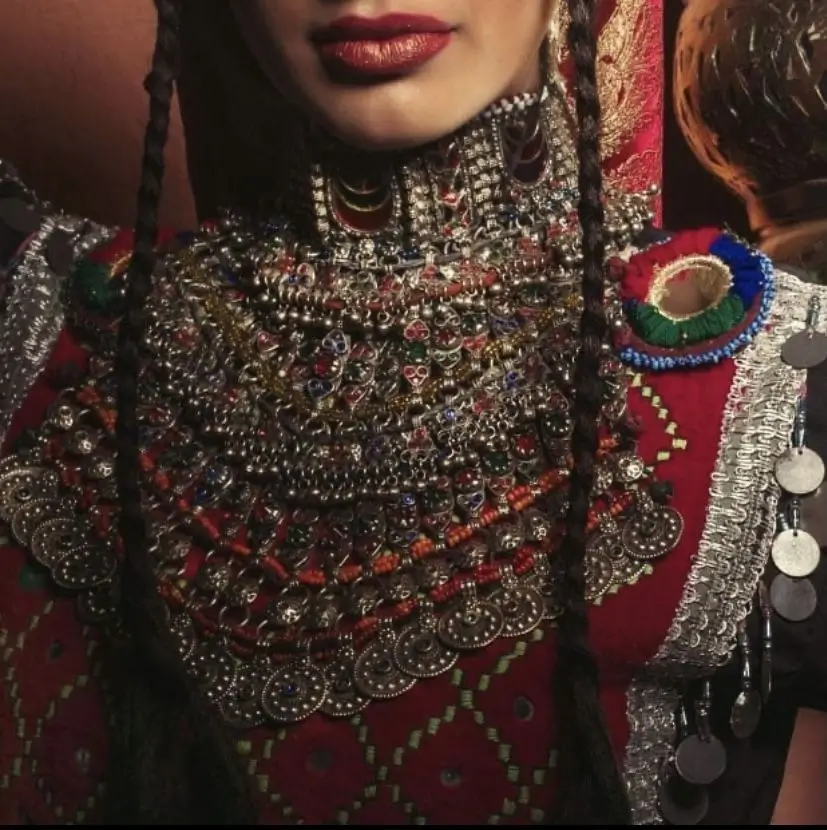
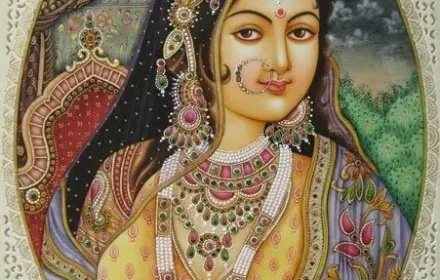
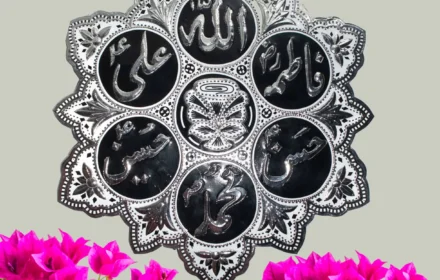

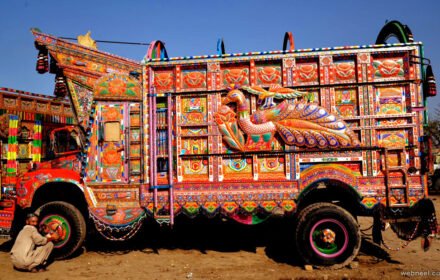

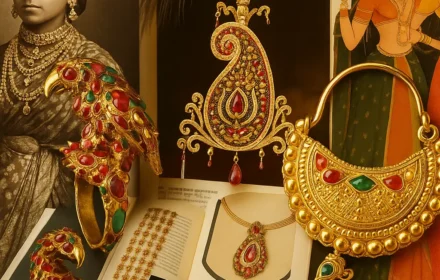

Comments are closed.